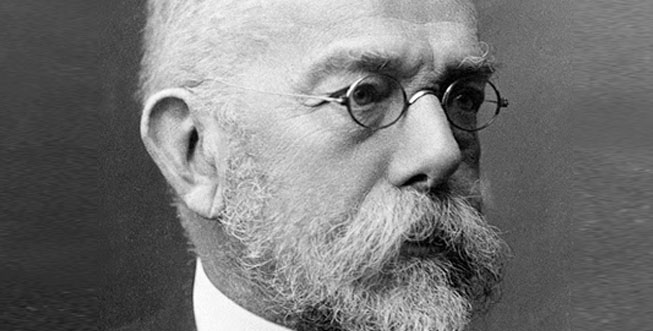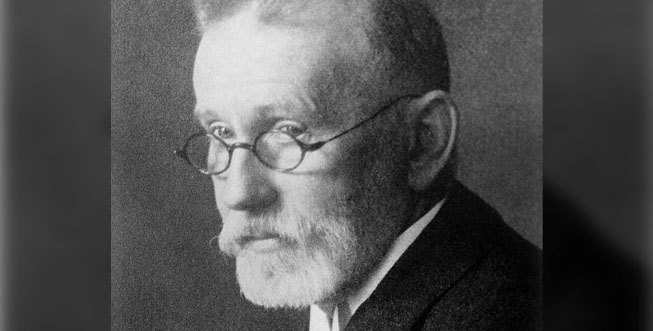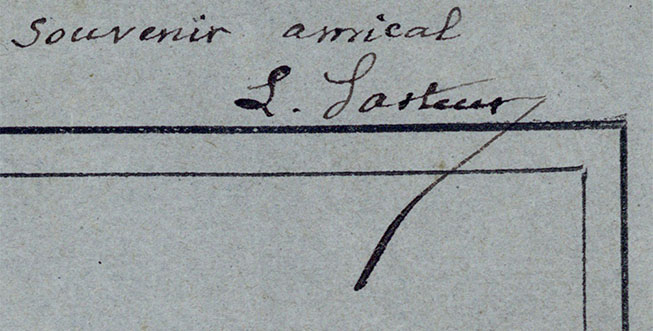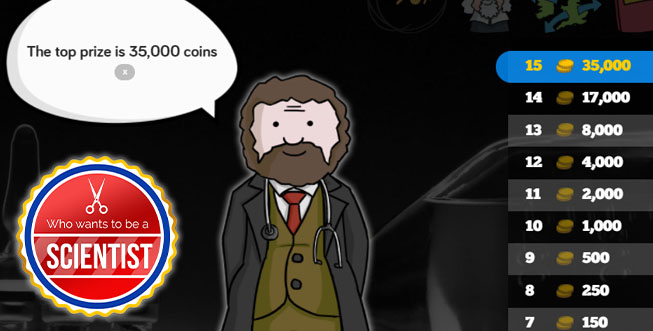Germs and other micro-organisms were discovered as early as the 17th century. Scientists thought these microbes were created by decaying matter, like rotting food or human waste. This theory was known as spontaneous generation. It led people to believe that disease caused germs, rather than the other way.
During the late 19th and early 20th century developments and discoveries by key individuals like Pasteur, Koch and Ehrlich led to huge developments. The key discovery was Pasteur’s Germ Theory, proving that it was in fact germs that caused decay and disease, not the other way round as originally thought.
Pasteur’s publishing of the germ theory in 1861 was a major turning point in the development of medicine, though many of these changes took a number of years to come into effect.
Pasteur, Koch and Ehrlich were key individuals in these developments.
The timeline below outlines some of the key discoveries during this period.
- In 1677 Antonie van Leeuwenhoek’s invented the microscope. During the 1800s More advanced microscopes were developed, allowing scientists to see much clearer images with a lot less light distortion.
- In 1857 Pasteur’s research showed that the souring of sugar beet in fermenting industrial alcohol was due to germs. He went on to prove that there were germs in the air. He proved sterilised water in a closed flask stayed sterile, whilst sterilised water in an open flask bred germs.
- In 1861, Pasteur published his Germ Theory. This was a turning point in medicine as he argued that microbes in the air caused decay, not the other way round as was commonly believed. He also suggested that specific germs caused diseases.
- In 1867, Pasteur published evidence proving there was a link between germs and disease by demonstrating that germs caused a disease in silkworms.
- In 1876 Koch built upon the work of Pasteur by proving that specific microbes caused specific diseases. He worked hard to find out which, this was called ‘microbe hunting’. He successfully identified the following different bacteria that caused anthrax (1876) septicaemia (1878), tuberculosis (1882) and cholera (1883).
- Koch used revolutionary scientific methods:
- He used agar jelly to create solid cultures, allowing him to breed lots of bacteria.
- He used dye to stain bacteria so they were more visible under the microscope.
- He employed the newly invented photography to record his findings.
- In 1877, hearing of Koch’s discovery of the anthrax bacteria, Pasteur started to compete in the race to find and combat new microbes.
- In 1881 Pasteur’s team showed in a public experiment how they had identified the anthrax bacteria and used a weakened does of it on sheep to make them immune to the disease. This built on the previous research of Pasteur’s assistant, Charles Chamberland. He had injected some chickens with a cholera culture that had been weakened by being accidently left out on the desk while he was on holiday. The chickens survived. The team tried again with some newly cultured cholera, but the chickens still survived. They worked out that the weakened cholera had made the chickens immune. Chamberland’s error had produced a chance discovery. They went on to use this method to find a vaccine for rabies.
- In 1883 Edwin Klebs discovered the diphtheria germ. Friedrich Loeffler cultured the diphtheria germ and thought that its effect on people was due to a toxin it produced. Emile Roux proved Loeffler right.
- In 1889 Paul Ehrlich began to research synthetic antibodies. Antibodies had been identified as a natural defence mechanism of the body against germs. As antibodies only attacked specific microbes they were nicknamed magic bullets. Ehrlich discovered dyes that could kill the malaria and sleeping sickness germs
- In 1891, Emil von Behring produced an antitoxin from the blood of animals that had just recovered from diphtheria. This could be used to reduce the effect of the disease.
- In 1902 Ronald Ross received the Nobel Prize for his discovery of how malaria is transmitted.
- In 1905 the bacteria that causes the sexually transmitted disease syphilis was identified.
- In 1909 Sahachiro Hata joined Ehrlich’s team. They had been searching for an arsenic compound that was a magic bullet for syphilis. They hoped it would target the bacteria without poisoning the rest of the body. Over 600 compounds were tried, but none seemed to work. Hata rechecked the results and saw compound number 606 actually appeared to work.
- In 1911, compound number 606, known under its trade name of Salvarsan 606 was first used successfully on a human to treat syphilis.
The Germ Theory led to the introduction of new vaccines, antiseptics and government intervention in public health. The theory behind it helped to inspire doctors such as Lister in his development of antiseptics and helped confirm the findings of Snow on the causes of cholera. Combined, this led to huge pressure on the British Government to pass laws to improve public health, the most notable being the 1875 Public Health Act. However, the Germ Theory didn’t really affect treatments in Britain. Salvarsan 606 was only a treatment for one specific disease and the second magic bullet (prontosil) wasn’t discovered until 1935. It wasn’t until the pharmaceutical industry took off in the 1940s that ordinary people began to benefit from the Germ Theory.
Factors
War
Pasteur and Koch weren’t friends – in 1871 Germany beat France in the Franco-Prussian War, so there was a great national and personal rivalry between the two scientists. This competition fuelled their next discoveries.
Science and Technology
Pasteur’s discovery would have been impossible without the development of more advanced microscopes during the 1800’s. First invented by Antonie van Leeuwenhoek’s 1677 the new microscopes allowed scientists to see much clearer images with a lot less light distortion.




